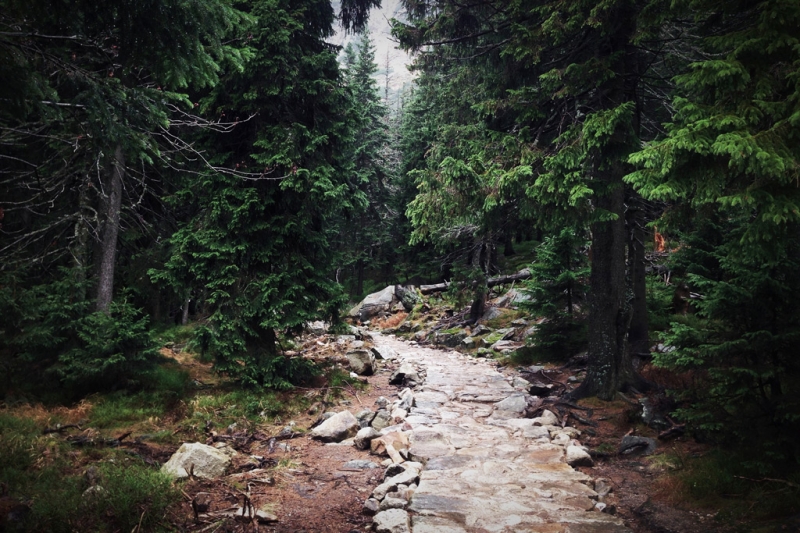
Wherever you are, the best way to understand and feel a place is to see it without people. However, it is difficult to single out the most impressive places with still wild nature. Kamchatka? Kodiak Island with its brown bears? Galapagos Islands with unique endangered animals? Everyone will have their own list of such places, but we have compiled ours.
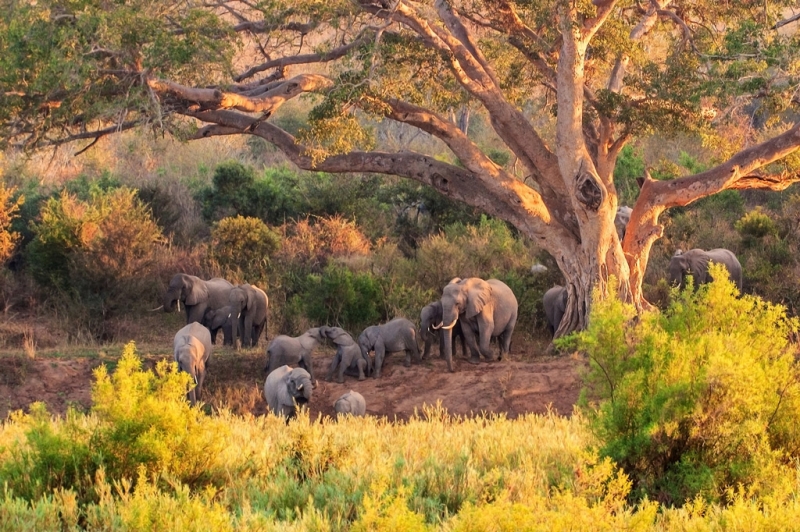
Kruger National Park
Kruger National Park in eastern South Africa is clearly a leader. Stretching over 18 thousand square kilometers along the borders with Zimbabwe and Mozambique, Kruger connects several natural parks to form the Great Limpopo Transfrontier Park. Its territory is home to a variety of ecosystems, from mopane forests to acacia savannas. A wide variety of animals live here: 147 species of mammals, 507 varieties of birds and 114 varieties of reptiles. Of course, lions, elephants, hunting dogs and buffaloes attract the most attention, but it is also worth paying attention to baobab trees, unusual insects and African hares that run across the savannah at great speed.
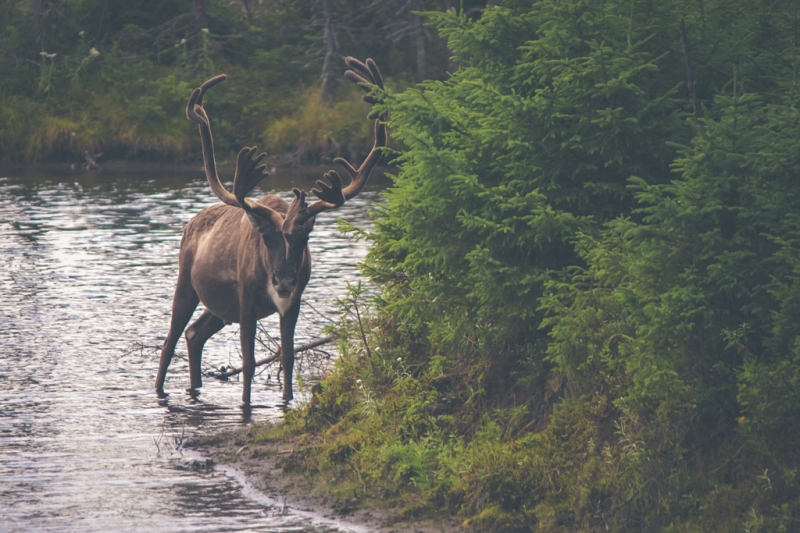
Greater Yellowstone Ecosystem
The Greater Yellowstone ecosystem, which includes Yellowstone itself, Grand Teton National Park and surrounding forests, covers approximately 80,000 square kilometers. And the number of animals that live here can easily be compared to any amusement park in terms of the power of impression. Grizzlies and black bears, gray wolves, cougars, bison, elk, deer, wolverines, bighorn sheep and mountain goats are just some of the mammals found here.
The scale of this entire landscape provides a rare opportunity to see how an ecosystem of this scale functions. This park is considered one of the oldest in the world, and therefore it can rightly be called ideal for exploring the life of wild nature.
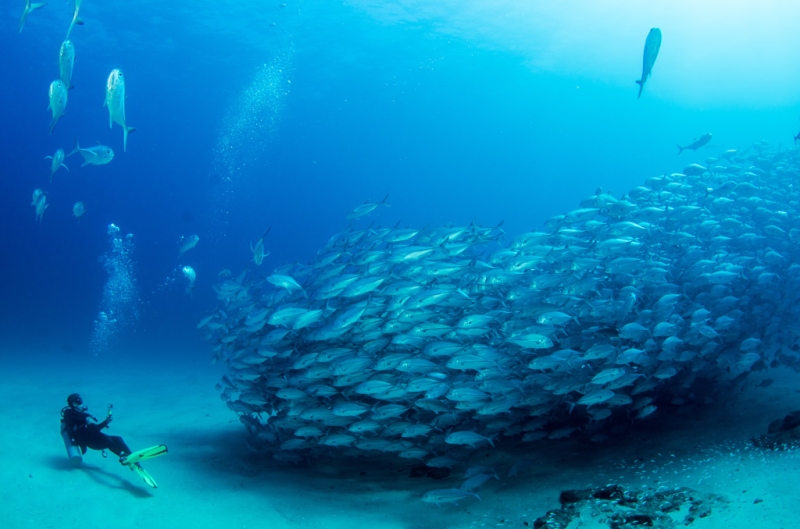
Great Barrier Reef
The Great Barrier Reef on the northeast coast of Australia is undoubtedly one of the best examples of wildlife. It will be especially appreciated by those who are ready to dive deeper with a snorkel or scuba gear. This protected area has almost 3,000 individual reefs, adjacent to numerous islands and shoals in the Coral Sea. In the Great Barrier Reef you can find several hundred species of corals, as well as about 8 thousand species of mollusks, more than a thousand species of crustaceans and fish, as well as 6 species of sea turtles.
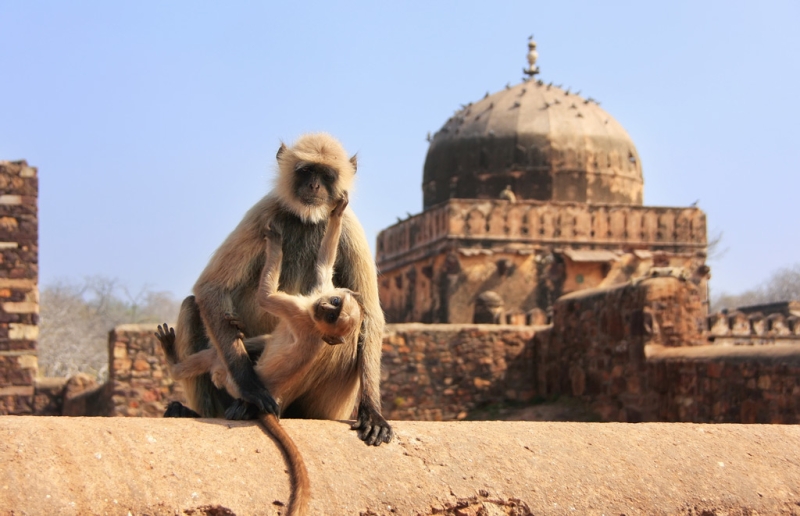
Ranthambore National Park
Given the geographical massiveness and natural diversity of Ranthambore National Park, it is not surprising that it is considered one of the most important nature reserves in Asia. This is one of those rare places where you can see a spotted wild tiger in its native conditions. In addition to it, in the Vindhya mountains and in the Aravali lowlands you can also get acquainted with Bengal tigers, herds of sambar (a type of deer),
hundreds of monkeys and a wide variety of jackals. Well, in addition to animals, you can also see a medieval fortress, lost in the forests.
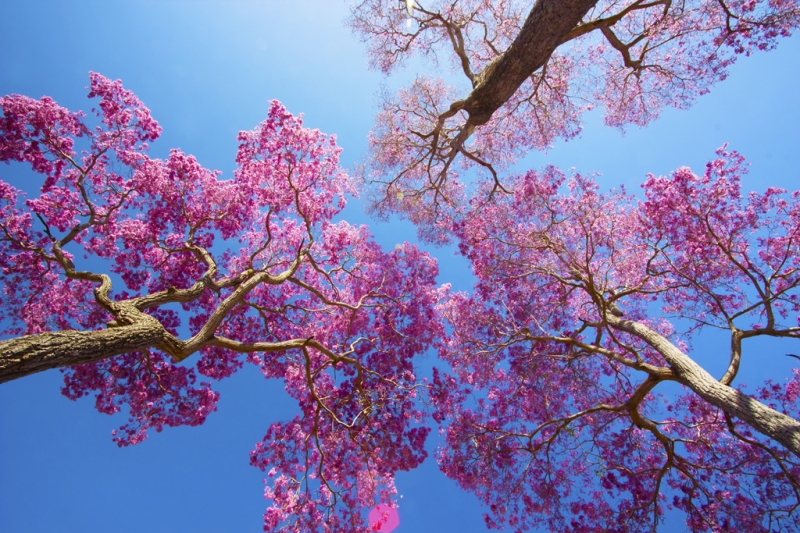
Pantanal
The Pantanal is one of the largest bodies of water in the world. It features numerous flooded meadows, savannas, swamps and even forests, which is located along the borders with Brazil, Bolivia and Paraguay.
Here you can see rare and large predators like the jaguar, as well as a huge anaconda and wild caiman. In addition, in this park you can watch birds, because this is where the largest parrot in the world, the hyacinth macaw, and the Jabiru stork live. Huge anteaters and different types of wolves also live here. The reserve itself is on the UNESCO World Heritage List.
Great Arctic Nature Reserve
Russia is home to the world’s third largest nature reserve with untouched nature. There are almost no settlements here, there is no mining, there are no factories. The Great Arctic Nature Reserve is located in Taimyr and occupies the coast and islands of the Arctic Ocean. It is perfectly suited for receiving guests: the infrastructure is developed, there is the opportunity to go rafting and diving. Plus
From here it’s a stone’s throw to Wrangel Island, famous for the world’s largest concentration of polar bear dens.
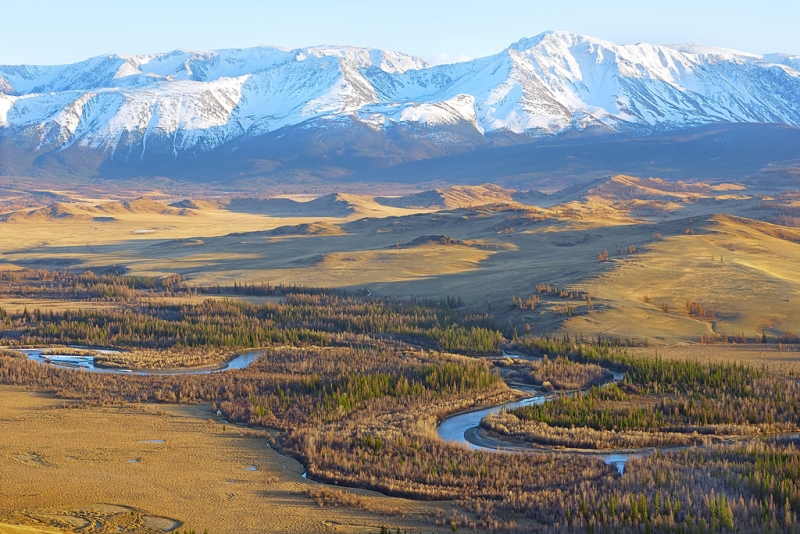
Altai Nature Reserve
Another unique reserve located in Russia is Altai. There is not a single highway built on its territory. In shape it resembles a huge bowl surrounded by mountains. In the local mountains live fabulously beautiful snow leopards, listed in the Red Book of Russia. In the Altai Nature Reserve there are about 1,200 large and small lakes filled with the purest water. But the main one is Lake Teletskoye, which will not leave anyone indifferent.
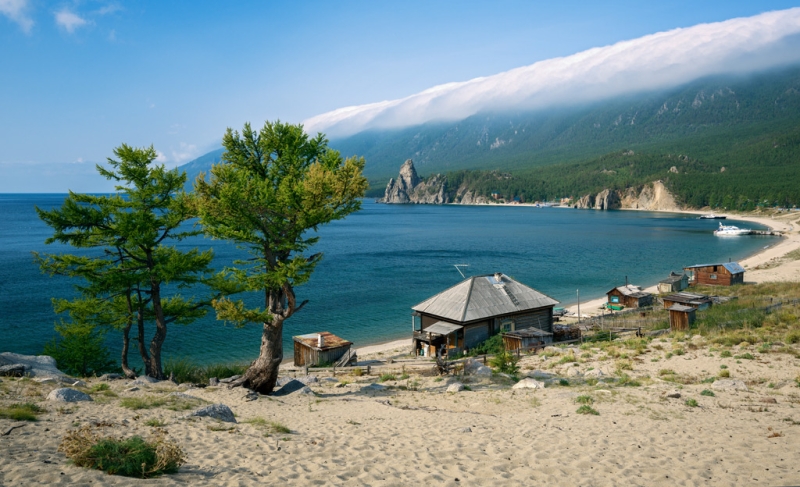
Lake Baikal
The pearl of Russia and the largest reservoir of fresh water on the entire planet is Lake Baikal. On the southern coast in the central part of the Khamar-Daban ridge is the Baikal Nature Reserve. More than 300 species of animals and 80 species of plants live on its territory, about 25 of which are listed in the Red Book. Coniferous and deciduous forests serve as their home. The purity of the local air will make a city dweller dizzy in the first days, as if from a bottle of good red wine.
On OneTwoTrip you can book hotels around the world online. The service offers more than two million accommodation properties.

